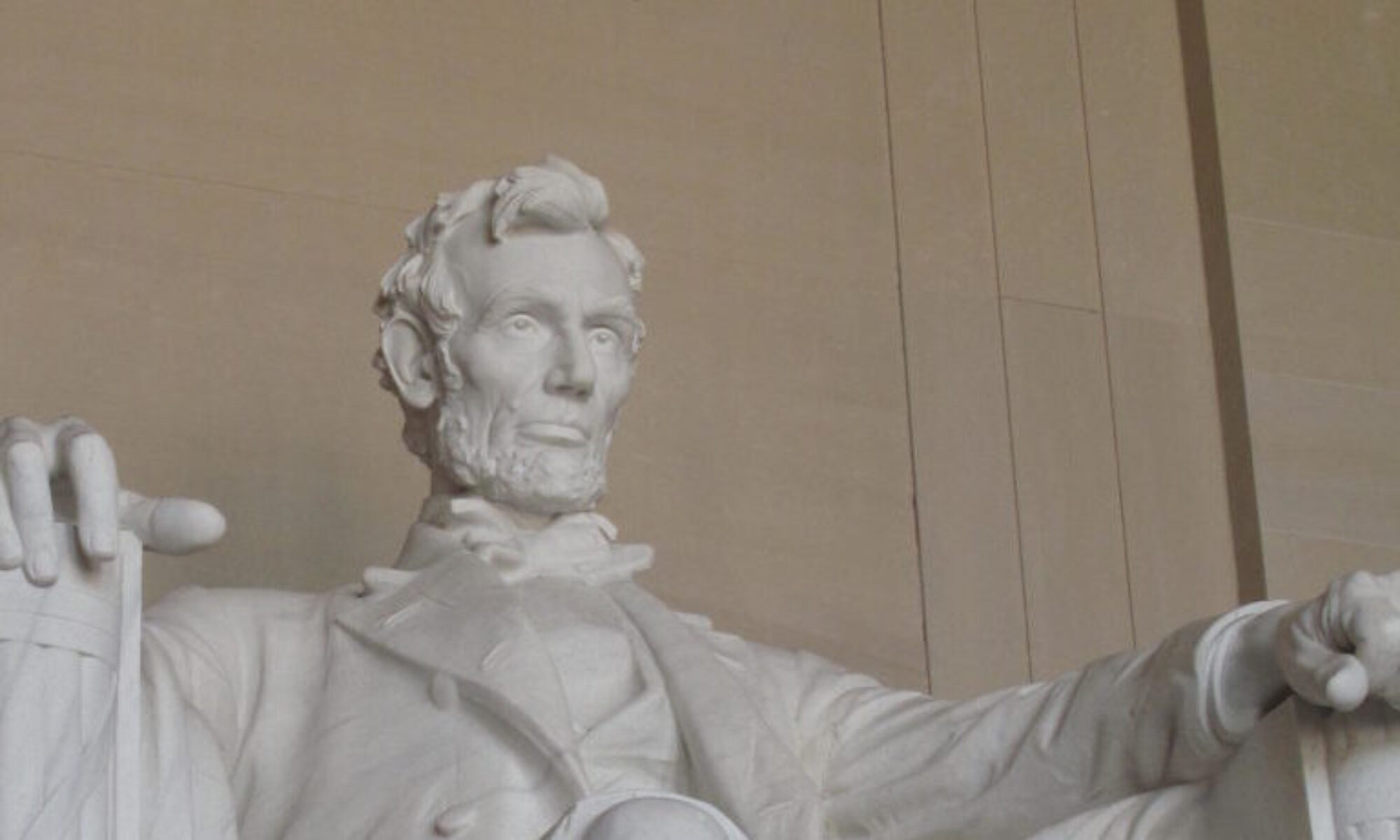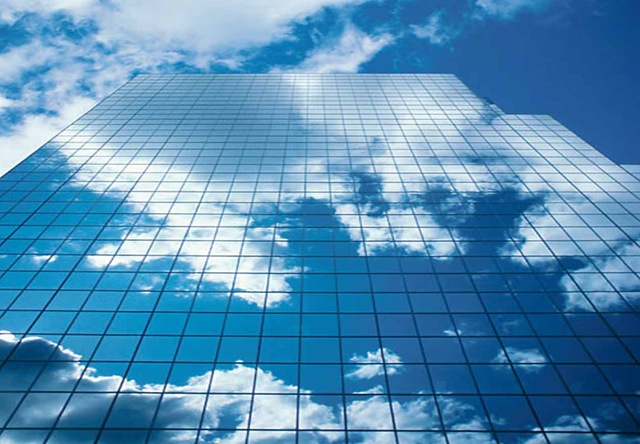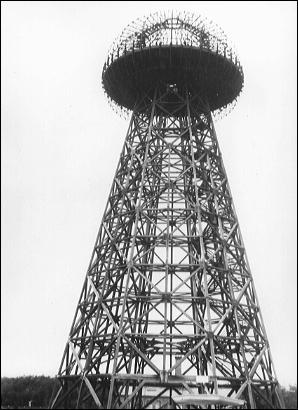The time has come to put down the trowel and let the bricks lie, they are no longer needed. Since 9/11, there has been a huge drive in technology to protect and reproduce the function of a datacenter (Backend technologies) in the event of a disaster. Typically, companies will purchase or rent a building for the purpose of operating an identical or similar datacenter. The idea is to fail over to the secondary datacenter and allow system processes to continue in the event the production (primary) datacenter becomes unavailable. In some cases, the multiple buildings are purchased. This “just in case” plan comes at a high operational cost to the organization. Funds are needed to build or rent the phyiscal location, then there is the simple cost of keeping the “lights on.”
Enter Virtualization, a miracle technology that dribbled into the late 60s and early 70s with IBM mainframes, but did not make a resounding bang until the early 2000s. Virtualization has been created and developed by such companies as VMware (EMC Corp) and Microsoft. The idea is to take a single server, or central processing computer, and create several operating based systems on that single server hardware. There are other virtualization technologies in the market place, but for the purpose of this article I will be singling out server virtualization. So, you are probably wondering how this “virtualization” technology will ease the budgets of organizations with the operational overhead of a bricks and mortar datacenter. It is a great concept summed up in one word…”resources.” An organization pays for resources (such as servers, bandwidth and storage) and does not pay for the building that houses the machines.
So where is this virtual datacenter? It is hosted by a 3rd party company. One such company, Savvis (http://www.savvis.com), offers a new concept…Infrastructure as a service. A whole infrastructure (routers, switches, servers, security devices, etc) is now offered as a service that is hosted at a Savvis Datacenter. Essentially, an organization pays Savvis to use resources in their physical datacenter. The benefit comes from an a la carte of infrastructure choices that can be selected in a virtual portal. A simple datacenter can be created in less than an hour, on the Savvis site, and have the full benefits as if it were hosted internally at the organization itself. Each device selected is virtual with respect to the organization, but in reality may either be shared on a physical server with other organizations or on a solitary server for only that organization. Savvis offers several levels of cost depending on devices and bandwidth used by the organization, but falls far below the cost of actually building a physical datacenter.
There are definite benefits with regard to cost savings for organizations to use hosted infrastructure solutions, but they don’t stop at disaster recovery. Small businesses that have space restrictions or global organizations can set up and use virtual datacenters anytime, anywhere with virtually little wait time to get the datacenter up and running. It may be very soon that most organizations rid themselves of all bricks and mortar datacenters and adopt a plan to use fully virtual infrastructures. Look for more infrastructure hosting companies to enter this new market place as old bricks crumble to dust.


